Which step temporarily assign a format to the sales variable?
What is the result of submitting the program below?
proc contents data=revenue;
run;
Given the code shown below:

What will be the format for MSRP in the RPOC PRINT output?
When the following code is submitted, execution fails.
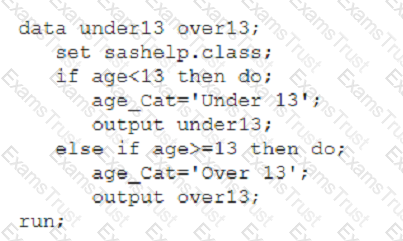
Why does the execution fail?
Which PROC IMPORT step correctly creates the MYDATA,SALES data set from the SALES.SCV file?
Given the program shown below:

Given the partial PROC PRINT report below:

Why are the labels for msbp, MPG_city, and MPG_Highway NOT displaying in the PROC PRINT report^
Which step reads the SASHELP. BASEBALL data set and creates the temporary data set CATCHERS?
Given the PATIENT and VISIT data sets and the DATA step shown below:
PATIENT
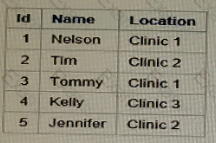
VISIT
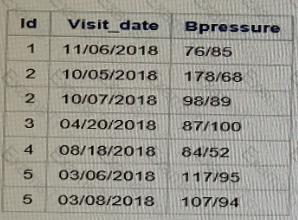

How many observations are created in the ALLVISITS data set?
Which statement is true about SAS program syntax?
Which LIBNAME statement has the correct syntax for accessing SAS data sets?
Which PROC MEANS statements specifies variables to group the data before calculating statistics?
Given the PROC PRINT report of the INVEST data set shown below:
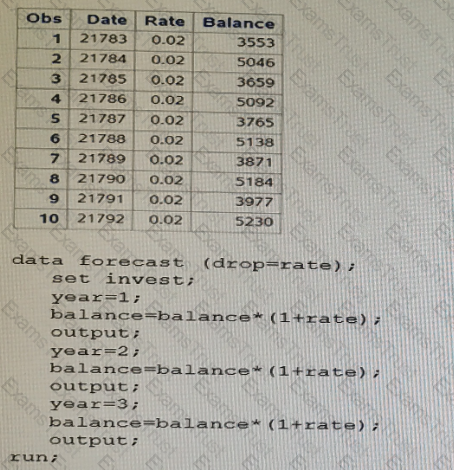
How many observations are in the FORCAST data set after this program executes?
Which code uses the correct syntax to conditionally create the two variables age-Cat and account?
Given the data sets AMERICIAN NATIONAL and results in the data set BASEBALL shown below:
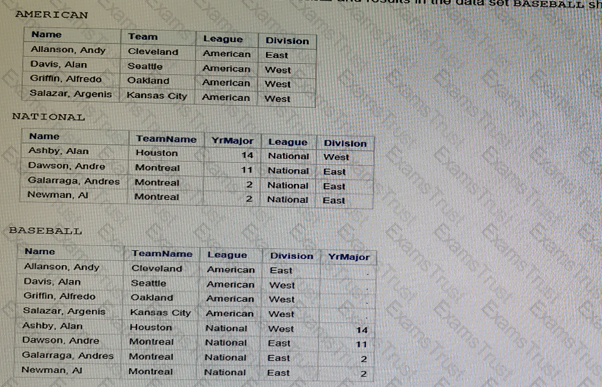
Which DATA step correctly creates the BASEBALL data set?
Which statement is true when creating two SAS data sets with a DATA step?
Given the input data set INVENTORY as shown below:
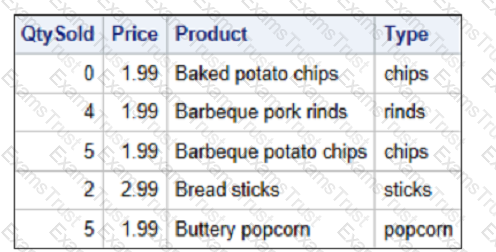
Two output data sets are desired, CHIPS and OTHERSNACKS.
* The CHIPS data set should only include QtySold, Price, and Product.
* The OTHERSNACKS data set should include QtySold, Price, product, and Type.
Which Data step creates the two desired output data sets
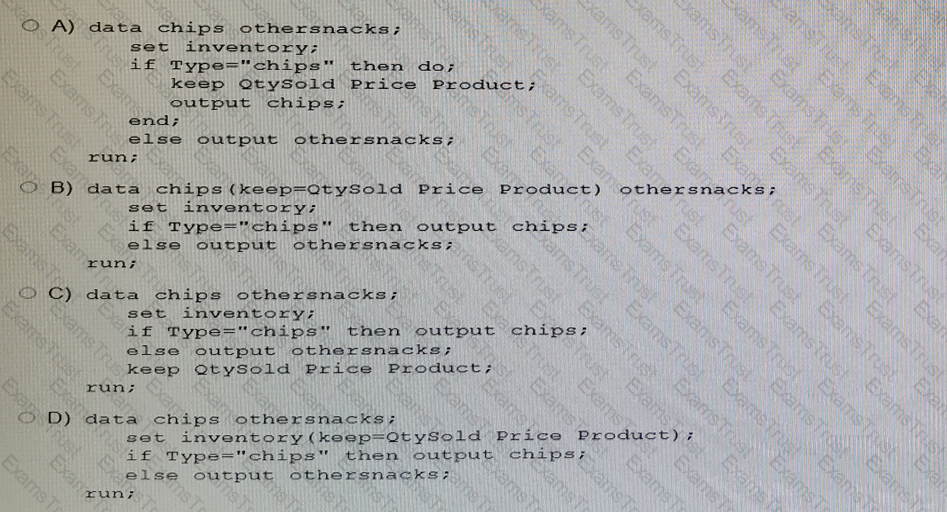
Which PROC MEANS step generates the report below?

Which ODS EXCEL statement correctly creates an Excel using the ANALYSIS style?
The data set SASHELP. CARS contains information on different vehicles. How do you correctly write the observations with Type of 'SUV' to the suv data set and Type
of 'Sedan' to the sedans data set?
Given the input data sets EMPLOYEES and DONATIONS, and the output data set NODONATIONS below:
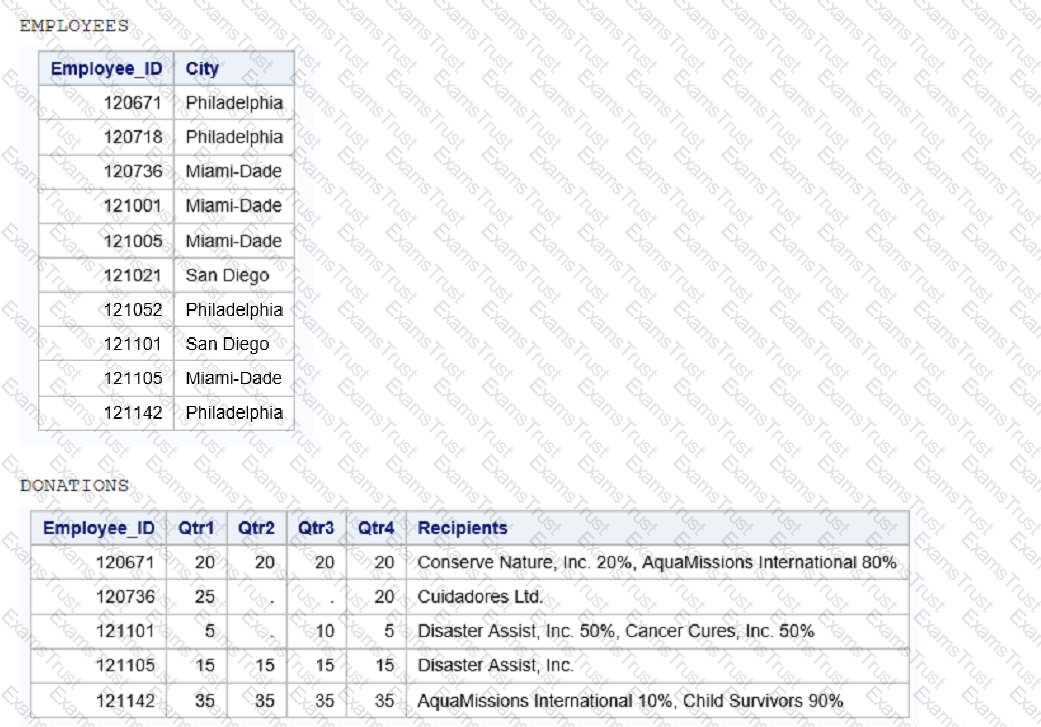
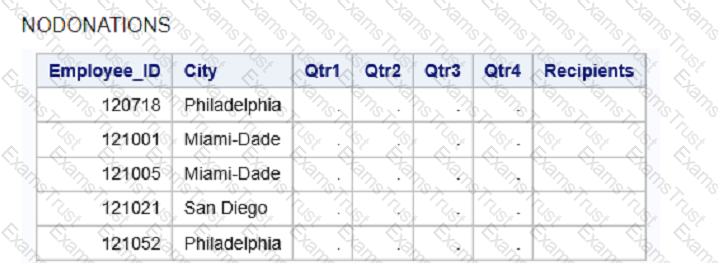
Which iterative DO statement is invalid?
What is the default sort order of PROC SORT?
The following program is summited:

The following report is created:
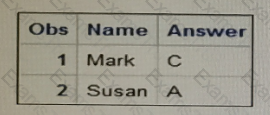
However, the desired report is shown below:
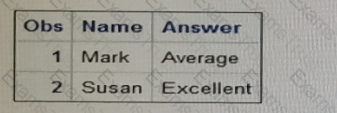
What change is needed to display the desired formatted values for the Answer varia